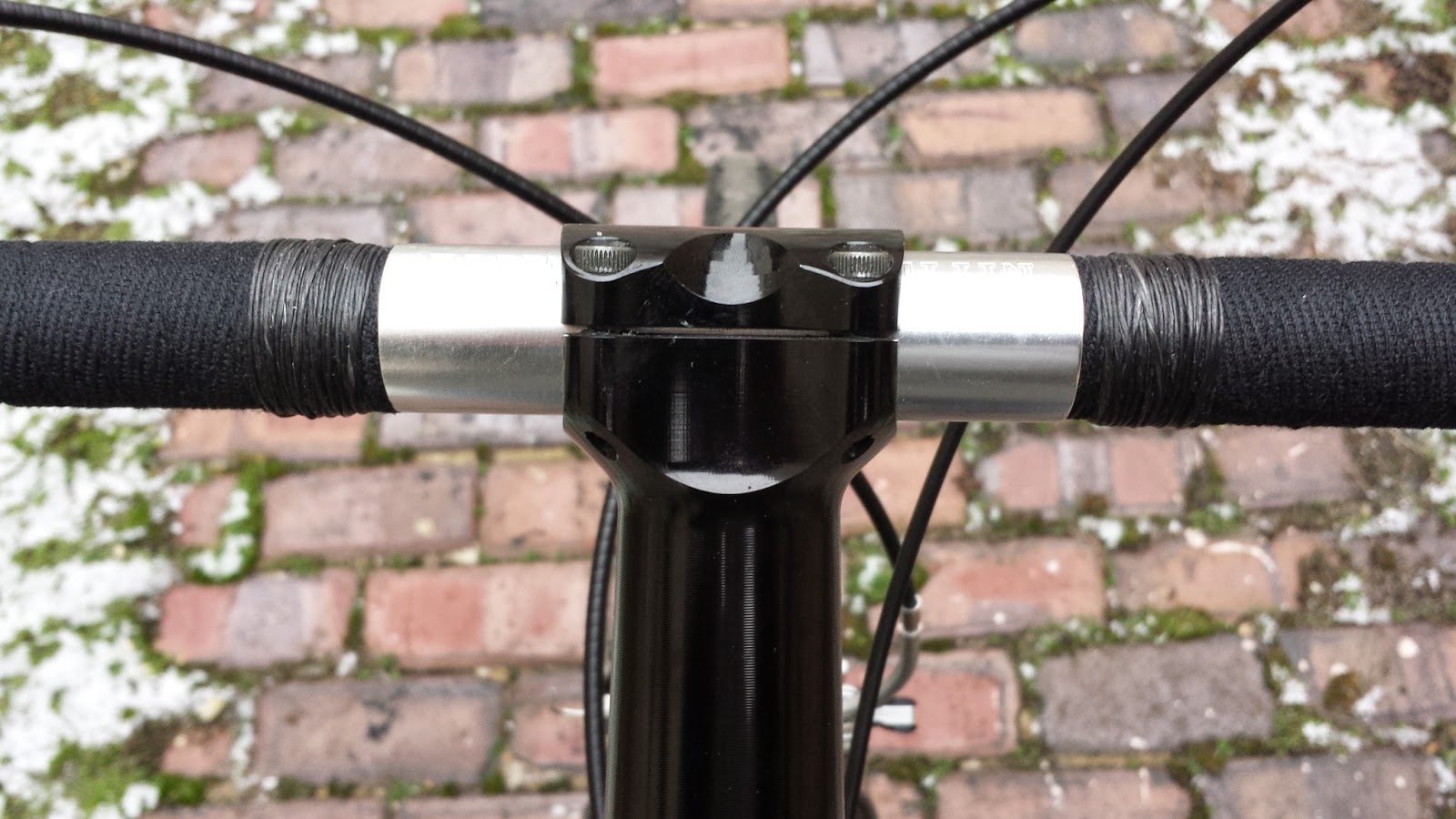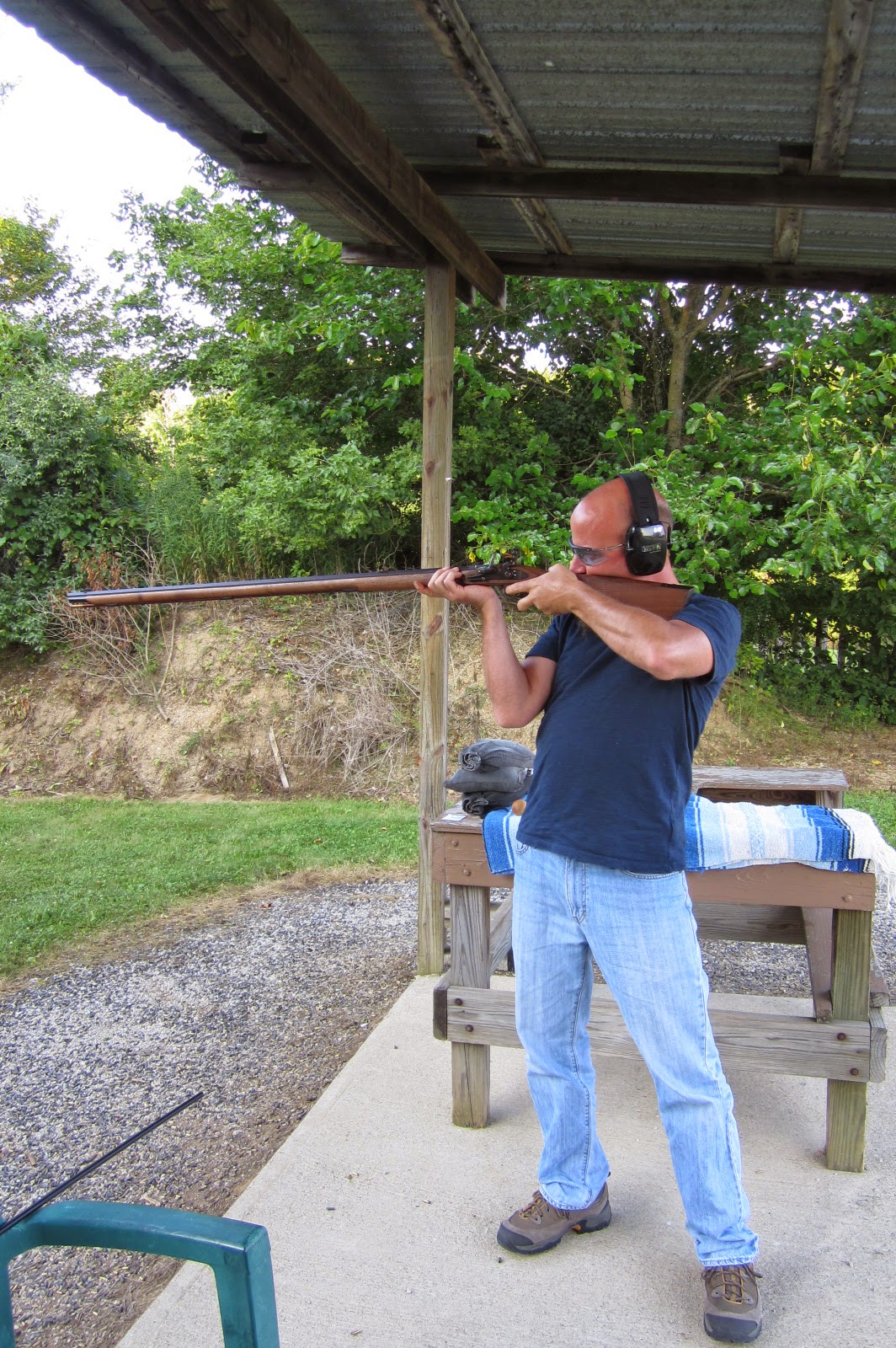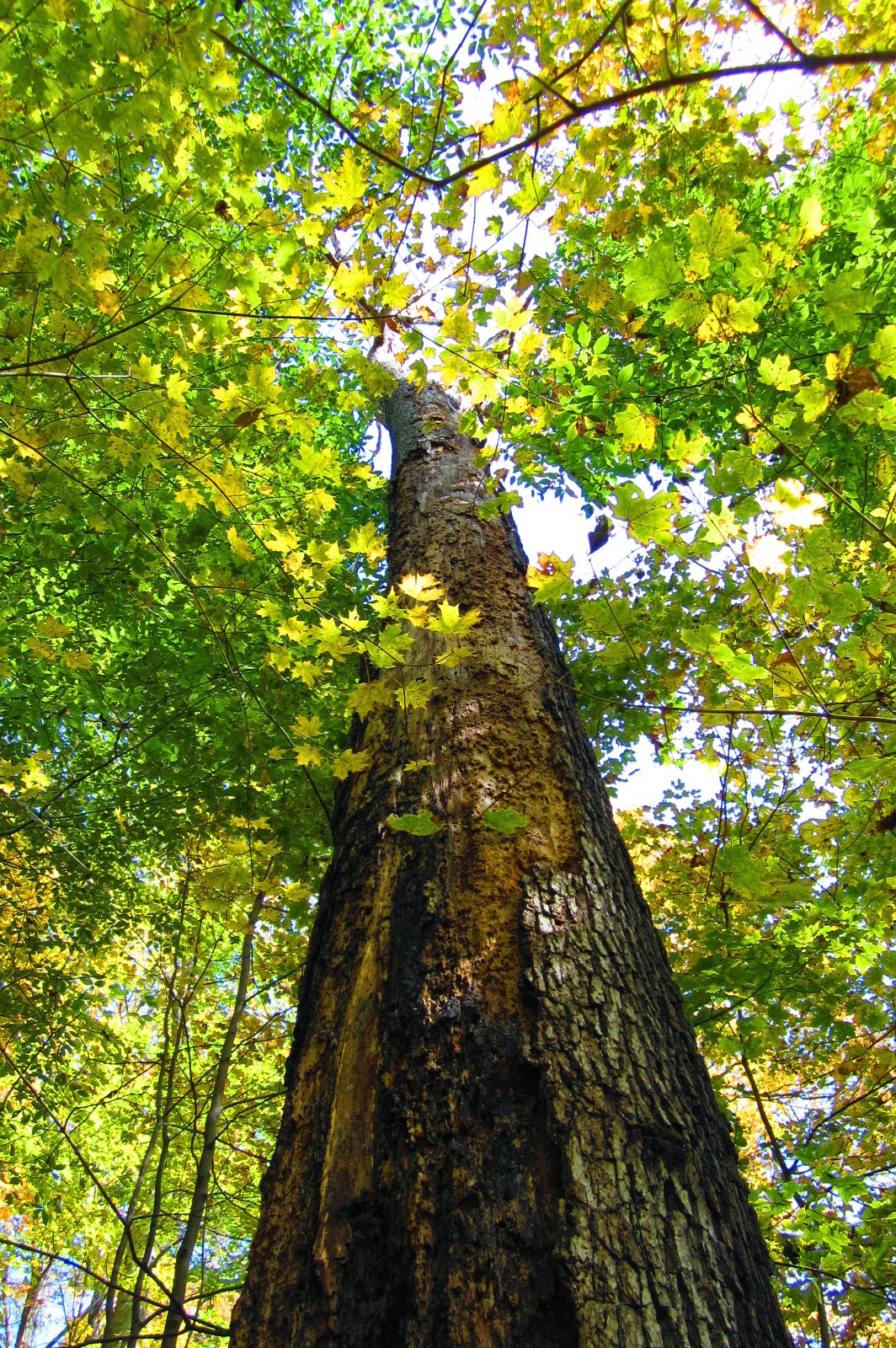 |
| Eureka Timberland |
A useful tool I've found for exploring my home state is the Ohio
Atlas & Gazetteer by Delorme. I was looking at this book the other day and I noticed a place listed in the directory of Unique Nature Features called Dysart Woods. I'm always interested in visiting unique places so I mentioned it to The RoadQueen. The main logistical problem we would have to accommodate is the roughly three hour drive to the location in southeast Ohio not far from Wheeling, West Virginia.
With such a long drive the outing was more than I wanted to deal with in a one day trip so The RoadQueen got busy with planning the route, Inventorying and staging the camping gear. I decided to use the opportunity to field test a new tent I bought that is much smaller and lighter than my other tent. My old dome tent was worn out and not doing much good at keeping out rain so it was time to for replacement.
I've pictured the Cabela's Extreme Weather Tent in this blog that I use for extended trips and Field Day operations in amateur radio. That is an awesome tent but at nearly 80 pounds it's not the most convenient for small car camping. In the future I plan on doing more solo bike adventures and also tagging along with The RoadQueen to some of her horseman's camps so I needed a good small weatherproof shelter that's easy to move and quick to set up.
Instead of a new dome I settled on a more traditional A-frame style tent by Eureka called the Timberline Outfitter. It's not a backpacker by any means at ten pounds but the tent does have a long and favorable reputation among the Boy Scouts of America. If it holds up to the intense use of the Scouts I'm sure it will more than suffice for my occasional outings.
We chose Barkcamp State Park as our base of operations which is only a few miles north of Dysart Woods. We left Friday after I got home from work and arrived at the State Park at Dusk leaving just enough time to set up our camp. The skies were overcast and it began to sprinkle as we assembled our gear and slowly shifted to a light rain as the evening progressed. Nothing like a steady all night rain to test a new piece of gear and I'm happy to report the Timberline passed its trial by fire perfect. We slept dry and comfortable on our cots and found the interior of the tent dry the next morning.
The sun was out first thing and quickly dried up the surroundings from the previous night's showers. I absolutely love camping in the state parks after the summer season comes to a close. Park use drops significantly and we were one of only a handful of campers utilizing the place. Also the changing leaves of autumn make it one of the best times of the year to spend some time outside.
Here's a piece of gear I've been using for a while now at my camp for brewing coffee in the morning. It is called a French Press and in my opinion makes the best cup o' joe out there.
After breakfast we left the state park and made a short trip along secondary routes and quiet country roads of Belmont County towards our objective Dysart Woods.
I've found all parts of Ohio to be varied and beautiful but I always love returning to the hills of southeast Ohio. Following the signs we shortly pulled up along this house that once belonged to the Dysart family who lived on this land for several generations. What makes this place unique is that the family managed to keep a 50-acre tract of their land as untouched forest never allowing logging or other destructive land use to occur. The result of this today is the largest known remnant of original old growth oak forest in southeastern Ohio.
Ohio University in cooperation with The Nature Conservancy has taken on the responsibility of maintaining and conserving this special natural resource. OU uses the forest as a natural laboratory for researching and studying the dynamics of a mature oak ecosystem. As an added benefit the public is encouraged to visit the park and walk its foot trails that wind among the forest giants some as old as 400 years.
Up the road a bit from the farmhouse we entered the woods and pulled into a marked parking area where we found a kiosk and a trail map to guide us along the two mile loop.
It was a chilly morning and the air was fresh and clean but soon the sun was warming things up and casting down its golden light into the forest. We couldn't have asked for a better day for walk in the woods.
Just into the walk the surroundings looked like any other deciduous forest except for every so often when we came upon huge trees towering far above the trail.
Here's a white oak giant whose branches don't even start until well above the lesser trees of the understory. I couldn't help but just stand there in awe of this living thing that has existed since before the USA was even established.
Size is not always an exact indicator of great age. The mass of a tree can vary due to species and local conditions. Here is me in the frame for scale. These are some massive trees.
The trail map we found at the trail head outlined some of the characteristics that indicate that a forest may be "Old-growth". We were able to observe many of these criterion on our hike. Here long ago a tree fell over and heaved up its root mass leaving a pit. Slowly the root ball decayed and the soil remained in a mound. This is called Pit and Mound Topography.
Standing dead timber and downed logs are also definite clues of an old growth forest. We saw lots of dead trees standing easily a hundred feet into the air and many laying on the forest floor in various stages of decomposition.
The cycle of life and dependency of one kind of organism on the other was evident everywhere. To me it never gets old wandering around in the woods and witnessing with my own eyes the wonder of nature.
At one point the trail led us along an open hillside on the edge of the forest where we could look out to the surrounding hills. It is hard to imagine that at one time most of the eastern U.S. was covered with endless forest.
Other trees we noted in the woods were plentiful maples and huge beech trees with their smooth gray bark. Cherry, black walnut, hickory and tulip trees also thrive in the area.
Above is another characteristic of an old growth tree. Notice the at the base of the tree how the trunk widens out. This is called the buttress. A mature tree needs a sturdy base to remain in place. Imagine the forces of wind during a storm that act upon a 140' tall tree.
I've not yet made it out west to see the great redwood forests but until then I think I can safely say these old boys are the oldest living things I've had the good fortune to meet in my short time on this Earth.
On the way back from Dysart Woods we toured a bit more of picturesque Belmont County.
Arriving back at camp we got busy getting a fire going in preparation for a steak dinner and campfire potatoes cooked over an open hardwood fire. We enjoyed the rest of the day relaxing and admiring the golden sunlight and colorful leaves around the campground. And later as night fell we stoked up our fire watched the stars come out and a three-quarter moon slowly raise up clearing the trees while a pack of coyotes yipped and howled in the distance.
Camping is a lot of work and it takes a bit of preparation to make it work smoothly but I wouldn't trade the experience for anything. Spending a few days and nights outside of four walls and a roof cleanses the spirit and recharges the batteries like nothing I've ever found.

.jpg)
.jpg)
.jpg)
.jpg)
.jpg)
.jpg)

























































